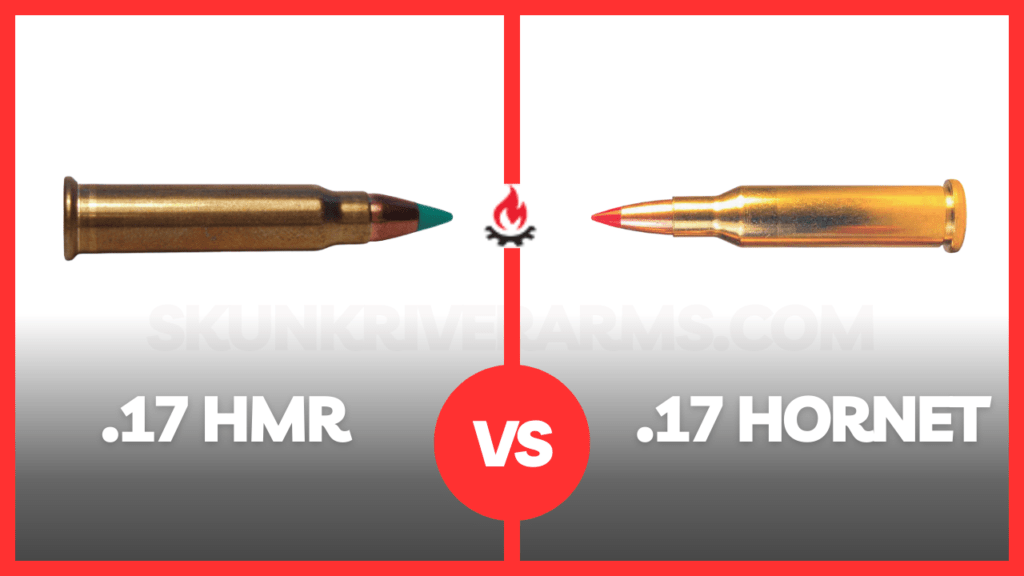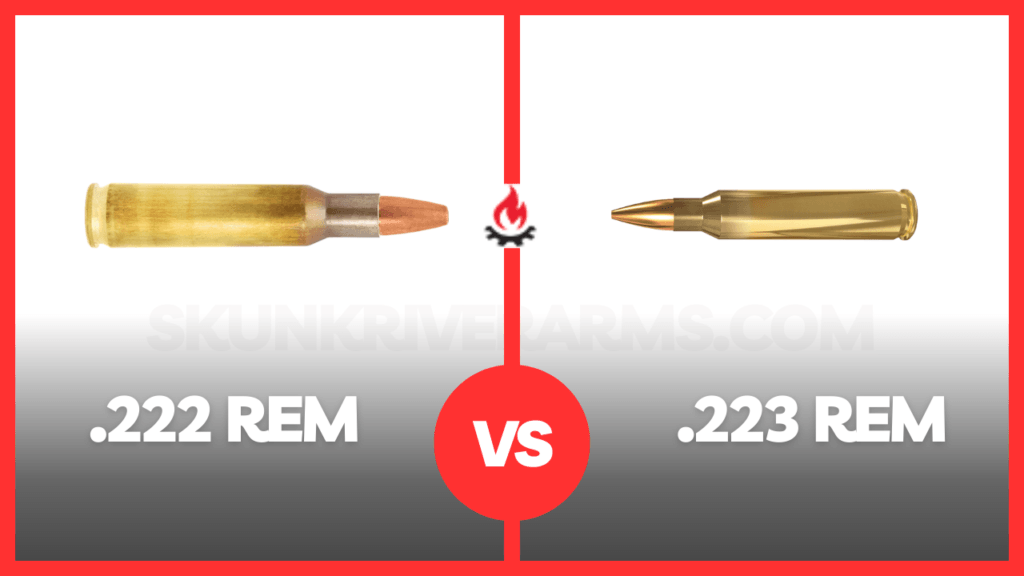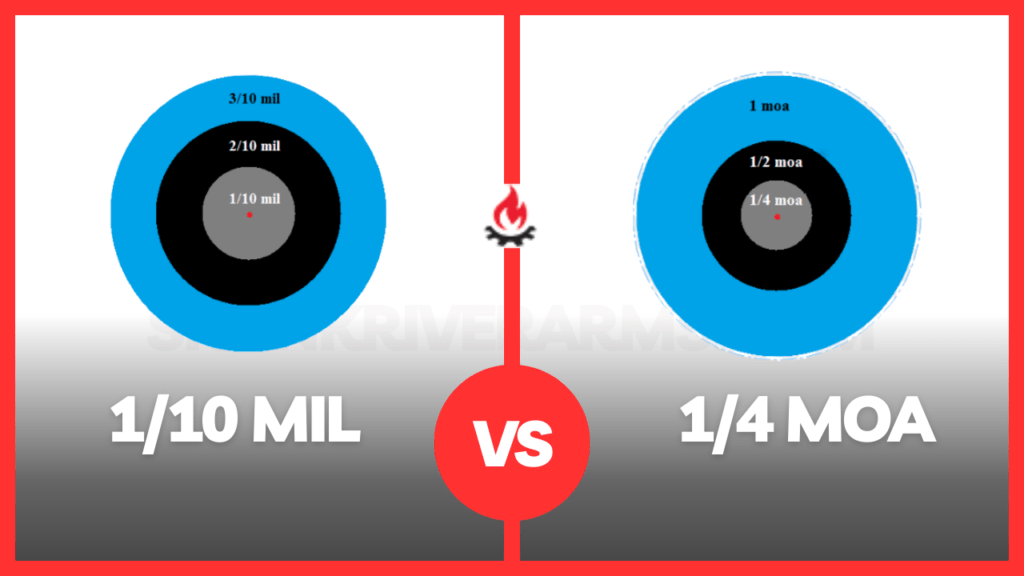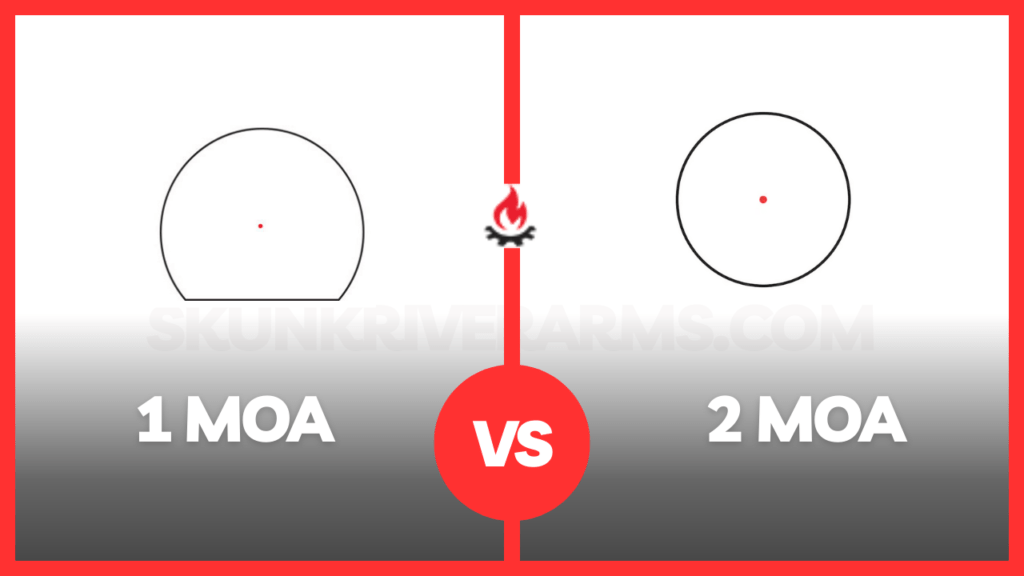While the two cartridges are similar in many ways, they also have some notable differences that make them better suited for different tasks.
I know the ballistics information might have made you a bit confused about which one to go for. After all, they are both really good choices depending on the tasks you plan to do.
Want to find out what’s the difference between .405 Winchester vs. 45-70? Welcome, you have come to the right place. Without further ado, let’s get right into it.
.405 Winchester
The .405 Winchester, also known as the “.405 WCF” (Winchester Center Fire), was introduced by Winchester in 1904 for their Model 1895 lever-action rifle.
It was designed as a powerful cartridge suitable for big game hunting, particularly for larger animals like elk, moose, and bear. The cartridge fires a .411-inch diameter bullet at moderate velocities, delivering substantial energy and stopping power.
While it gained some popularity, especially among big-game hunters in Africa, the .405 Winchester didn’t achieve the same level of recognition as other cartridges.
Nonetheless, it still holds a place in the history of lever-action rifles and big-game hunting.
45-70 Government
The .45-70 Government, often referred to simply as the “.45-70,” is one of the most iconic and enduring cartridges in American firearms history.
The U.S. military adopted it in 1873 for use in the Springfield Model 1873 “Trapdoor” rifle. The cartridge fires a .458-inch diameter bullet at relatively low velocities, but its large case capacity allows for heavier bullet loads that produce considerable stopping power.
Originally intended for military use, the .45-70 quickly transitioned to civilian use for hunting large game like buffalo and bear. Its versatility and historical significance have kept it in circulation, with modern variants suitable for everything from hunting to target shooting.
405 Winchester Vs 45-70: Key Differences
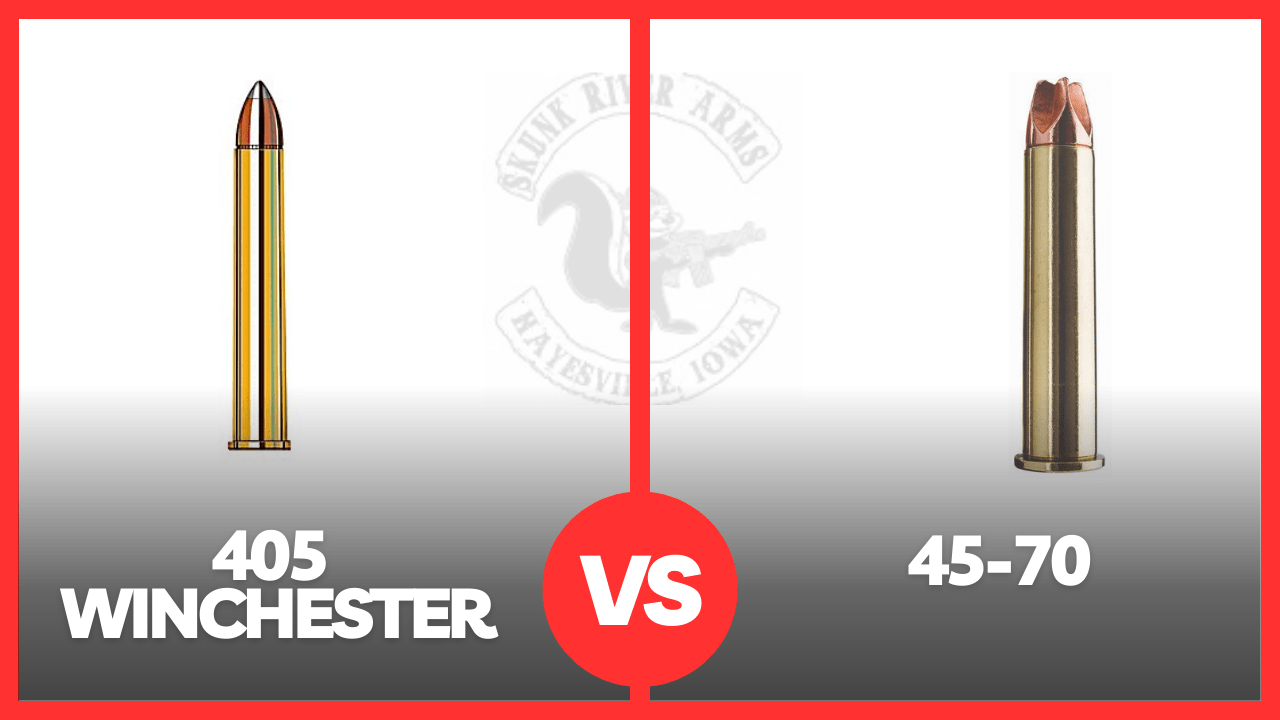
Cartridge Description
Here’s a comparison table detailing the cartridge descriptions of the .405 Winchester and .45-70:
| Attribute | .405 Winchester | .45-70 Government |
| Origin | United States | United States |
| Year Introduced | 1904 | 1873 |
| Bullet Diameter | 0.411 inches (10.4 mm) | 0.458 inches (11.63 mm) |
| Case Length | 2.580 inches (65.5 mm) | 2.105 inches (53.6 mm) |
| Overall Length | 3.330 inches (84.6 mm) | 2.550 inches (64.8 mm) |
| Bullet Weight | Typically 300-300 grains | Range: 250-500 grains |
| Bullet Type | Various (Soft Point, Hollow Point, etc.) | Various (Round Nose, Flat Point, etc.) |
| Velocity | Moderate | Moderate to High |
| Energy | Medium | Medium to High |
| Common Use | Big-game hunting | Big-game hunting, target shooting, military (historical) |
| Firearm Platforms | Winchester Model 1895 lever-action rifle | Various lever-action rifles, single-shot rifles, some modern rifles |
| Notable Features | Designed for Theodore Roosevelt’s African safari | Used by military and civilians, known for its historical significance |
Ballistics
Both the .405 Winchester and the .45-70 Government are classic cartridges with a history rooted in big-game hunting and lever-action rifles. Let’s compare their ballistics and characteristics:
The depending on the bullet grain, the muzzle velocity, and the energy will vary a lot. A typical .405 Winchester has 300 grains and 400 grains options. If you are using the 300 grains, you can expect a velocity of 2,204 ft/s and total energy of around 3,236 ft⋅lbf.
As for the 45-70, there are different options of 300 grains. The lowest recorded speed of 300 grains variant with lead PB was 1,597 ft/s and it had energy of 1,699 ft⋅lbf. The maximum you can expect is 2,275 ft/s with 3,449 ft⋅lbf energy.
You can clearly see the differences are negligible. They are too close in terms of the total speed and the energy as well. But the .45-70 does have an edge in both.
Recoil
Both of the cartridges have similar recoil pattern to them. If you are using a combination of light rifle and heavy cartridge, then the recoil will be worse than you anticipate. Due to them having similar grain and energy, the recoil difference isn’t anything to write home about.
But depending on the brand you are buying your cartridge from, you might see a bit more recoil on the .45-70.
Versatility
The .405 Winchester and .45-70 are two classic rifle cartridges that have been widely used for hunting and shooting purposes. While they have distinct characteristics, they also offer a level of versatility that makes them suitable for various applications.
Let’s explore the versatility of each cartridge:
.405 Winchester: The .405 Winchester is a medium-bore rifle cartridge that gained popularity in the early 20th century, particularly for big game hunting. Its most notable association is with the iconic Winchester Model 1895 lever-action rifle.
Here’s a look at its versatility:
- Big Game Hunting: The .405 Winchester was designed with big game hunting in mind. It’s capable of taking down medium to large-sized game, including deer, elk, moose, and black bear. Its relatively mild recoil and decent energy make it effective at moderate distances.
- Brush and Woods Hunting: The cartridge’s performance is well-suited for hunting in dense vegetation or brushy environments where shots may be taken at shorter ranges. Its stopping power and relatively wide bullet selection make it adaptable to varying hunting conditions.
.45-70 Government: The .45-70 Government cartridge, often referred to as the .45-70, is another historic rifle cartridge that has maintained its popularity for over a century. Originally designed for military use, it found its place in hunting and sport shooting due to its versatility and power.
Here’s a look at its versatility:
- Big Game Hunting: The .45-70 is a powerhouse cartridge that’s capable of taking down a wide range of game, from deer and wild boar to larger animals like bison and grizzly bears. It’s renowned for its stopping power and ability to deliver a heavy bullet with substantial energy.
- Long Range Shooting: While the .45-70 was initially designed as a short-range cartridge, modern advancements in bullet design, powder, and firearms have allowed it to be effectively used for long-range shooting and target shooting. Lever-action rifles chambered in .45-70 are popular among long-range enthusiasts.
- Cowboy Action Shooting: The .45-70 has also found a niche in cowboy action shooting competitions. Lever-action rifles chambered in .45-70 are used by participants to reenact historical shooting scenarios.
Both the .405 Winchester and .45-70 offer a level of versatility that makes them suitable for various shooting and hunting applications.
405 Winchester Vs 45-70 – Similarities
The .405 Winchester and .45-70 Government are both rifle cartridges with a rich history and heritage. They share several similarities, making them popular choices among hunters and collectors who appreciate classic and powerful ammunition.
Here are some of the key similarities between the two cartridges:
Large Caliber
Both the .405 Winchester and .45-70 cartridges feature relatively large bullet diameters, which contributes to their stopping power and effectiveness against larger game animals. The .405 Winchester typically uses a .411-inch diameter bullet, while the .45-70 uses a .458-inch diameter bullet.
Lever-Action Rifles
Both cartridges have been historically associated with lever-action rifles. Lever-action rifles are known for their quick cycling and reliability, making them popular choices for hunting and other shooting activities. The Winchester Model 1895 was chambered in .405 Winchester, and the .45-70 has been used in various lever-action rifles over the years.
Historical Significance
Both cartridges have a historical significance in firearms history. The .45-70 Government was originally adopted by the U.S. military in the 1870s and saw service in various conflicts. It was used in the iconic “trapdoor” Springfield rifles. The .405 Winchester gained prominence as Theodore Roosevelt used it on his African safari, leading to its nickname “Teddy Roosevelt’s Big Medicine.”
Big Game Hunting
Both cartridges were designed with big game hunting in mind. They are suitable for hunting large animals like deer, bear, and elk at medium to close distances. The cartridges offer enough power to effectively take down these animals with well-placed shots.
Black Powder Heritage
While modern versions of these cartridges use smokeless powder, both the .405 Winchester and .45-70 Government were initially developed during the era of black powder firearms. This adds to their historical charm and connects them to the earlier days of firearms development.
Frequently Asked Questions
What are the differences in the ballistics of the 405 Winchester and the 45-70?
The differences are in speed, energy, total pressure, and the type of grain the bullet uses as well. You can find the exact numbers above.
How does the recoil of the 405 Winchester compare to the 45-70?
The total felt recoil on a .45-70 can be significantly higher than a .405 W.C.F cartridge. Due to the .405 creating less pressure, it doesn’t raise the muzzle as much as you might have thought. Instead, it has quite an easy-to-control recoil.
Final Words
Boh of the cartridges here is filled with history and rich background. But that wouldn’t mean much when it comes to their differences in performance. As you read above, they are not the same thing.
Their performance has some differences that will affect your hunting or target shooting capabilities. If you are after large-game hunting and want a cartridge with good amount of muzzle velocity and energy as well, on top of that, you want the cartridge to be affordable as well, then .45-70 might make more sense for your specific tasks.
With that said, they are both great and given the chance to showcase their potential on a capable rifle. That’s all for now. Hope you had fun taking a deeper dive in knowing both of these cartridges. I hope to see you again back here sometimes soon. Till then, take care and have fun.

